How to Make Scars Less Visible

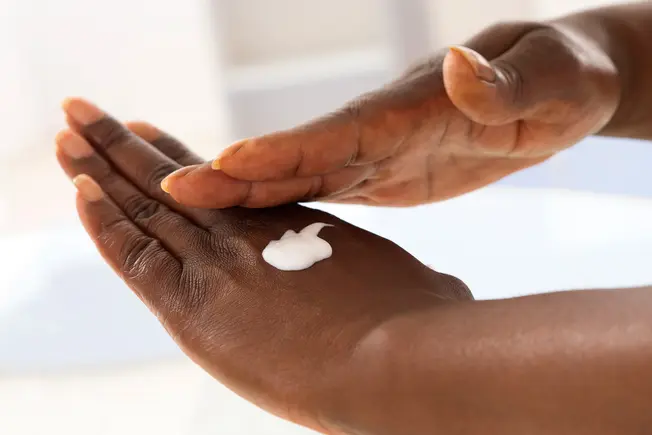
Medicated Creams or Gels
Over-the-counter skin medications such as creams or gels can help. If your scar is itchy or sensitive, antihistamine cream may stop the itch while helping your scar heal. Corticosteroid cream can help prevent scarring and has been shown to reduce the appearance of scars over time.
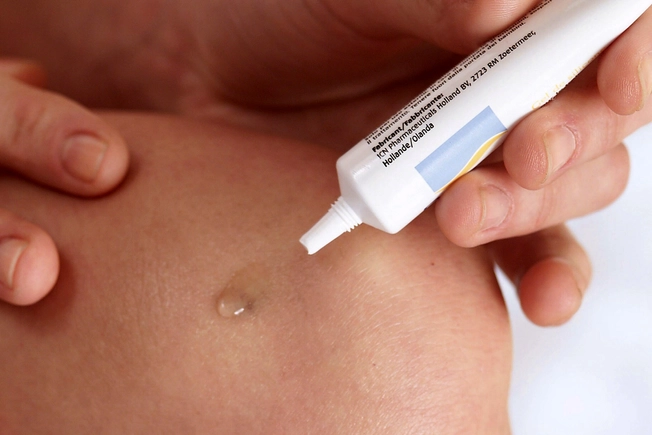
Silicone Gel
It spreads easily, dries quickly, doesn’t irritate sensitive skin, and prevents the growth of bacteria. Silicone gel keeps the skin hydrated and lets it breathe, so scars can soften. Research shows that silicone gel reduces a scar’s texture, color, and height. If you try it, wait for the gel to fully dry before you put clothes on over it.
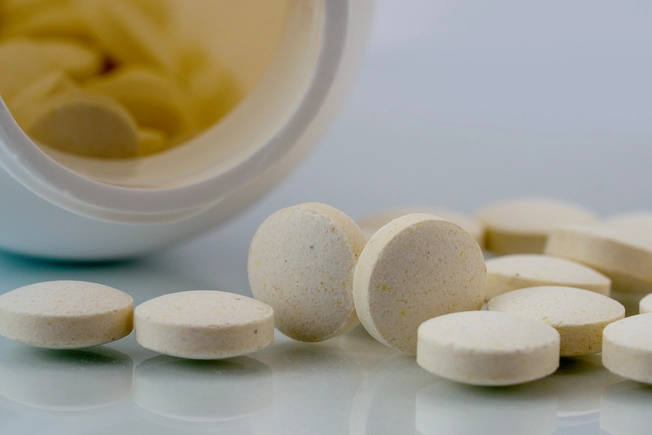
Zinc Supplements
Zinc is a mineral that is important for helping wounds heal. It helps reduce inflammation and generate cell growth, which may help scars heal. But don’t overdo it, since that can have side effects, including bloating or diarrhea. Zinc supplements also may leave a harmless metallic taste in your mouth. Ask your doctor what dose would be OK to try.
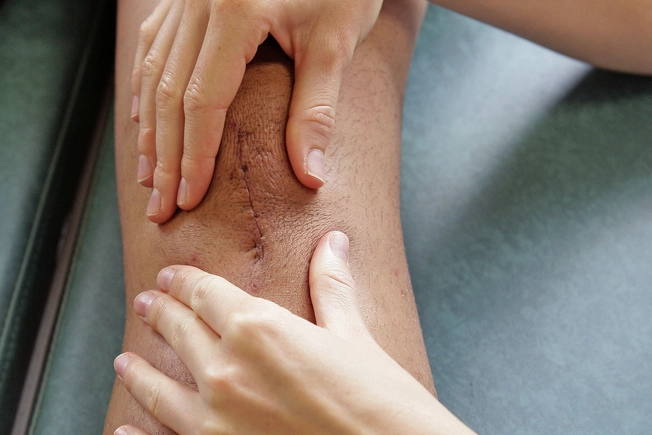
Scar Massage
Once a wound has healed, gently massaging the scar may help. It breaks up the collagen building in the tissue underneath. Some types of scars may develop cords, or tight strands of rope-like tissue just under the skin. If this happens, your doctor may recommend scar massage. Massaging and pulling the cords can stretch and relax them, which helps improve the scar’s texture and flatness.
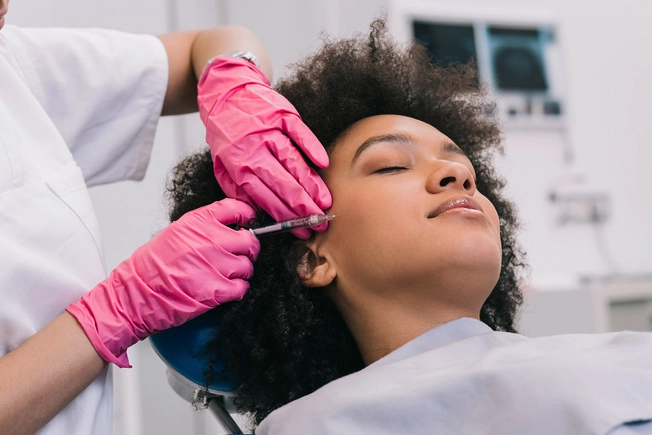
Injections
Different types of shots can make scars less noticeable. For example, if you have acne scars, fillers such as collagen or fat may even out bumps or indents in the skin. Botox or similar injections can smooth the skin and the appearance of scars.
Corticosteroid shots can make scars less visible. But steroid injections may have side effects, such as thinning the skin or changing its color.
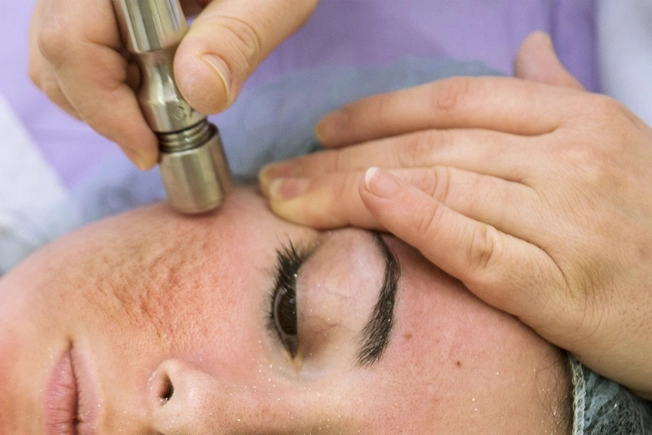
Chemical Peel or Dermabrasion
These procedures can reduce the look of severe scars. They remove the top layers of skin to get rid of surface scars and bring deeper scars closer to the surface. When the skin peels off, the new skin may temporarily be reddish, sore, or swollen. It can take a week or more for that skin to go back to normal.
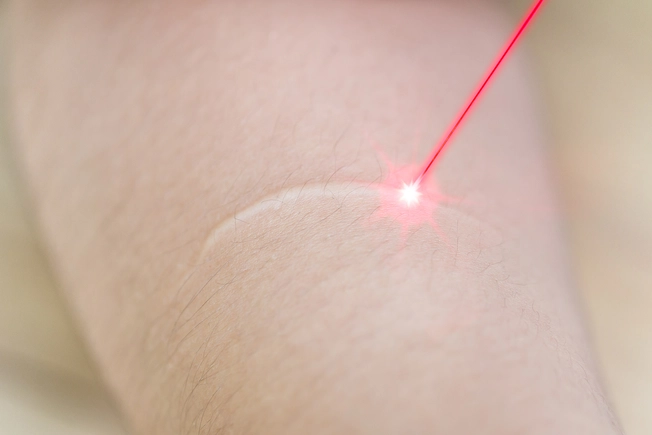
Laser Therapy
Like chemical peels and dermabrasion, laser therapy is for severe scars. But unlike those other options, laser therapy is more targeted to the scar. The lasers target specific blood vessels. The procedure usually leaves skin swollen and red for about 5 days. You’ll probably need to do this several times. Many people get three to five sessions of laser therapy. It can be pricey, so check to see if your insurance will cover it.
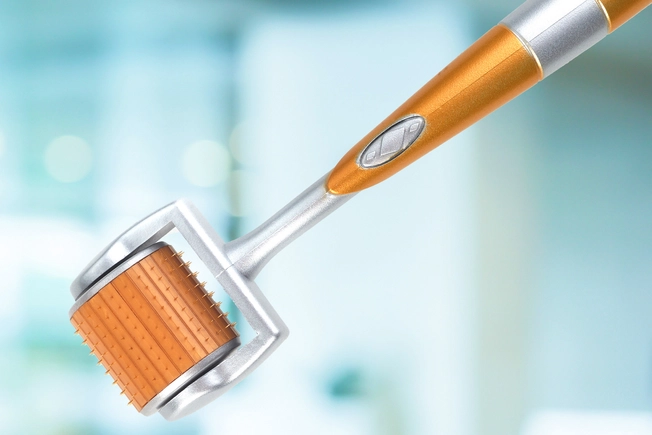
Microneedling
Microneedling uses a roller with tiny needles to poke very small holes into your skin’s top layer. This process spurs your skin to make collagen, which plumps your skin and improves the texture of scars. The area will be red afterward, probably for a few days. And you may need several treatments. People often get four to six microneedling sessions to reduce scars.
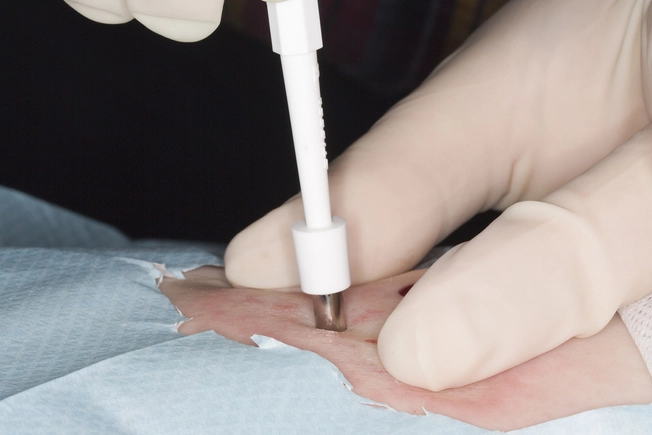
Punch Excision Surgery
Punch excision is a minor procedure often used to remove acne scars. A dermatologist will cut out individual scars and then close the wounds with stitches or skin grafts. Sometimes people also get another treatment, such as laser therapy. Acne scar treatment plans vary, depending on your skin type and amount of scarring. Your dermatologist can tell you about your options and recommend what’s best for you.

Subcision
Like punch excision, subcision is a minor surgical procedure that some people get to treat acne scars, sometimes in combination with laser therapy. So what’s the difference? Subcision uses needles that go under the skin and cut the fibers under a scar. This helps loosen the fibers and relax the scar to improve the skin’s appearance.

Coconut Oil?
This tropical oil has several skin benefits. It’s a moisturizer, and early lab tests show it may help wounds heal faster. Plus, it has fatty acids that encourages cell reproduction. One of those fatty acids, monolaurin, has been shown to guard against bacteria. All of these things might help when it comes to shrinking scars. But the research is still preliminary -- and it can make you break out.
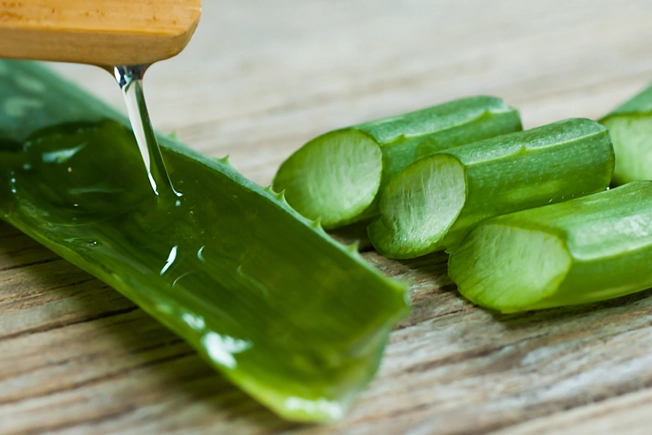
What About Aloe Vera?
Aloe vera is known for soothing many types of skin problems, such as psoriasis or sunburns. Early tests in lab rats show it may reduce the appearance of scars. But there’s been little research on this in humans, although people have traditionally used aloe vera on skin for centuries. It’s probably safe to try. Sometimes scar tissue can feel tight; aloe vera may keep the skin more supple to help ease that feeling.